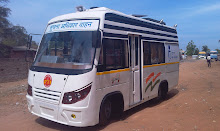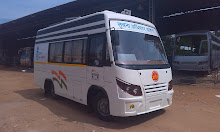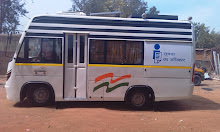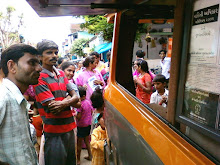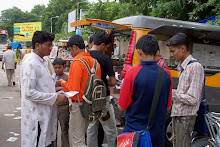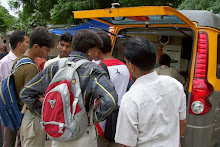Times
of India: Coimbatore: Friday, 03 July 2015.
According to
data available with the state government's health department, Sundakkamuthur, a
semi-urban area in Coimbatore, is the hotspot for tuberculosis in the district.
More than 80 of the 870 TB cases reported in the state between this January and
April end this year, are from Sundakkamuthur.
Kolarpatti
village stands second with 68 TB cases during the same period. Doctors
attribute the high incidence of tuberculosis in Sundakamuthur to the poor
socio-economic conditions prevailing in the densely populated residential area
where most cannot afford medical care.
The data also
shows that the bacterial infection affects more men than women.
Information
obtained through an RTI application revealed that 85 of the 870 cases are from
Sundakkamuthur. "Tuberculosis over a period of time becomes endemic to
certain parts of the district," says Dr A Soundaravel, resident medical
officer-in-charge at the government hospital. "This could be because of a
variety of reasons such as low socio economic status, lack of adequate medical
care and an increasing number of people who fail to seek treatment. This leads
to higher transmission rates," he says.
Overall,
south Coimbatore seems more vulnerable than North Coimbatore. Panchayats along
North Coimbatore recorded just half the cases compared to their southern
counterparts. While Mettupalayam recorded just 31 cases, Annur recorded 27
cases, Karamadai, 31 cases and Thudiyalur recorded 55 cases. "This could
be because of the stone cutting, grinding or marble-cutting industries in South
Coimbatore, as workers and residents in the vicinity inhale silica that is
often emitted from these work sites," said Dr V R Pattabhiraman,
consultant in pulmonary medicine at Kovai Medical Centre and Hospital. It could
also be that more patients in Kolarpatty and Sundakkamuthur are using the
government provided health facilities, he added.
While north
Coimbatore has more private hospitals and clinics, infected residents may just
not be seeking help, said Dr V Nandagopal, consultant pulmonologist at G
Kuppusamy Naidu Memorial Hospital.
But what is
alarming, say doctors, is that most patients fall between the age group of 15
and 40 years. "People who have weak lungs and low immunity are vulnerable
to TB," said Dr Soundaravel.
The
statistics also show that incidence of the bacterial infection is 40% more in
men than in women. "This is mainly because of higher alcohol consumption
and smoking among men and unhealthy work environment which weakens their lungs
over a period of time," said the deputy director of the tuberculosis
department, Dr T Sakthivel. "Men, especially those working in construction
breathe in a substantial amount of dust which weakens the lungs," said Dr
Soundaravel.
Doctors say
the number of patients undergoing treatment for the infection is going up every
year. In 2014, the number of tuberculosis cases registered for treatment across
the 27 centres stood at 3,271, a 20% jump from the 2,735 cases enrolled for
treatment in 2013.











